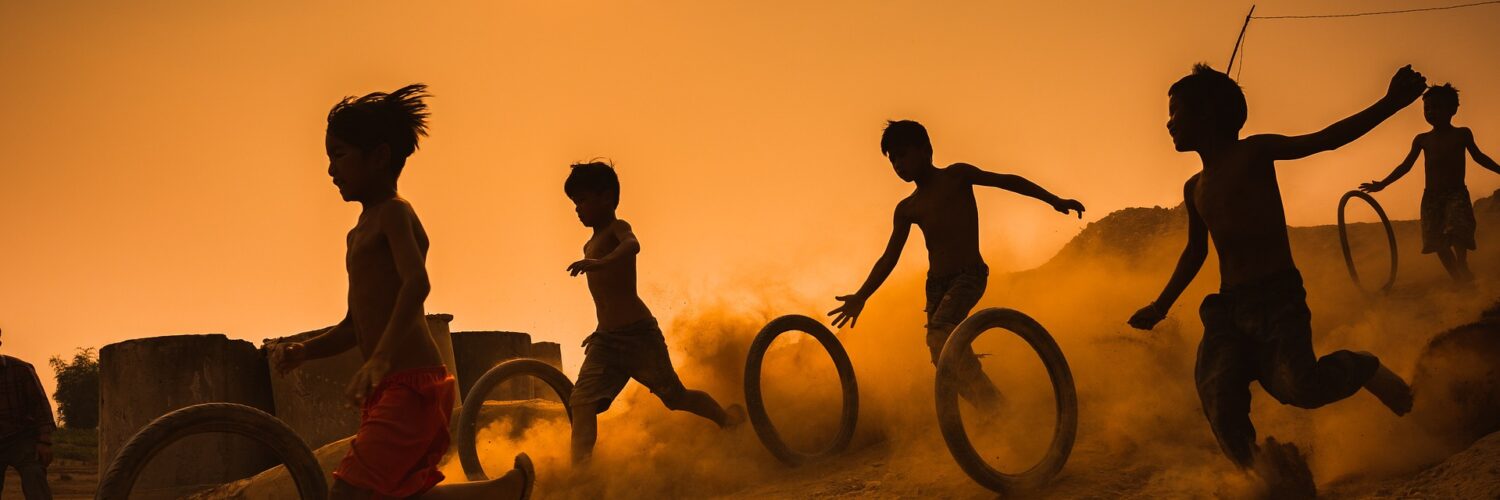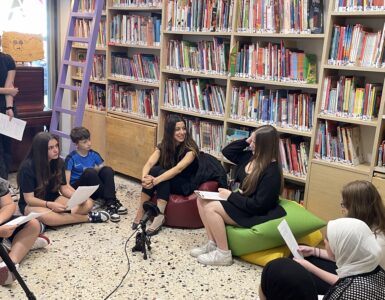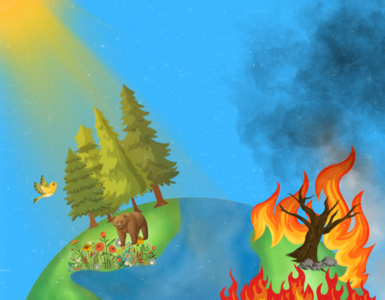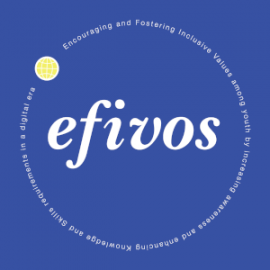Our children are the fruit of our efforts in life, they are the true face of innocence in this world, their smile gives us the strength to move forward in order to strive to make the world a better place for them. It was necessary to draw up an agreement that guarantees their legitimate rights in light of the large increase in violations against them and the deprivation of their rights in a quiet and beautiful childhood.
Throughout human history, there have been conflicts and wars that have led to the robbing of childhood of millions of children around the world, some of these wars have led to the loss of children’s lives, trafficking, deprivation of education and many other basic rights. This requires that there has to be a stance against these actions, which has been translated into a global agreement that guarantees the rights of children around the world.
But what is the Convention on the Rights of the Child?
According to the United Nations it is an international charter that defines children’s civil, political, economic and cultural rights.
The agreement was signed in 1989, and more than 196 countries signed the agreement by 2015, but the United States of America have not yet ratified it.
One of the most important provisions of the agreement:
Definition of child –
A child is any person under the age of 18.
Non-discrimination –
All children have these rights, regardless of who they are, where they live, what language they speak, what their religion, ideas or looks are, whether they are boys or girls, whether they are disabled, rich or poor, and regardless of who their parents or family are, their thoughts and beliefs or what they do. No child shall be treated unfairly for any reason.
life, survival and development –
Every child has the right to life. Governments have to make sure that the child survives in order to grow up in the best way possible.
Name and nationality-
Children must be registered at birth, have a name and nationality (belong to a country), and have the right to know and be cared for by their parents.
Identity –
Every child has the right to have their own identity (an official record that shows who they are and includes their names, nationalities, and family connections). No one should deprive children of their identity and if they are deprived of it, governments must help them recover it quickly.
It must be mentioned that the organization concerned with the protection and implementation of the Convention is UNICEF.
Challenges and hopes:
Many of the countries that signed the Convention do not fully implement the Convention, which opens the door for more violations against children in some countries, but there is still hope that all signatories to the Convention will fully comply in order to ensure the safety of children around the world and end their suffering. Forever.









Add comment